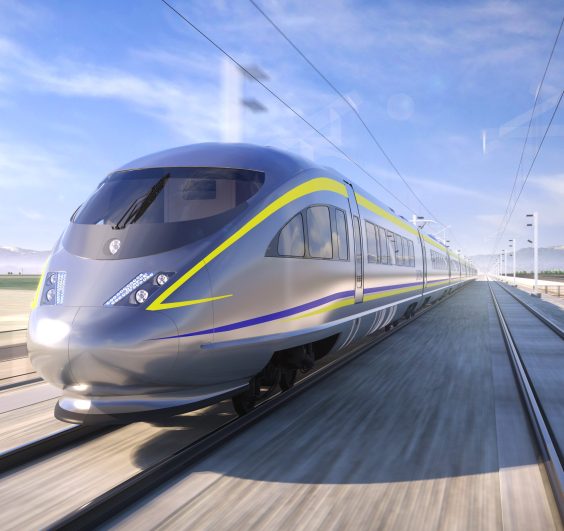MTA Board Agrees to Consider Studying Central Freeway Alternatives
3:27 PM PST on February 6, 2009
 The Central Freeway over Division Street.
The Central Freeway over Division Street.Nearly five years after the San Francisco Board of Supervisors passed a resolution calling for a study of alternative future configurations for the remaining Central Freeway, the MTA Board of Directors agreed this week to consider doing it in the Eastern Neighborhoods Transportation Implementation Planning Study (EN TRIPS).
"This feels like progress," said Tom Radulovich, the executive director of Livable City, who has been nudging the MTA and the San Francisco County Transportation Authority (TA) to do a Central Freeway study. "When Caltrans goes to retrofit this sucker we need an alternative project we can hand to them that we've done a study of."
In 2004, at the urging of Supervisor Bevan Dufty, the supes called on Caltrans and the TA to "investigate replacing the elevated freeway with a surface boulevard for all or part of its length" before any future seismic or roadbed replacement projects were undertaken. Caltrans has not set a date for the retrofitting but has said the freeway needs to be fixed. The TA has yet to take up the study and Radulovich has accused the agency of dropping the ball.
A Central Freeway study would examine the option of tearing down the freeway and building a boulevard in the North Mission/West SoMa neighborhoods that would extend from 13th and Division to Octavia Boulevard. Dubbed the Vision Boulevard Project, Radulovich believes it "could increase the
neighborhood tax base, allow for new land uses, including housing, bring
sunlight to the area and help many businesses."
 Should San Francisco tear down the remaining Central Freeway South of Market?
Should San Francisco tear down the remaining Central Freeway South of Market? Radulovich isn't sure that's the best option for the area but he believes it should be studied. He also thinks reconfiguring some of the existing off-ramps, like moving the Mission
Street off-ramp back to South Van Ness, could improve traffic flow and
benefit transit and cyclists, even if the freeway continues onto Market
Street.
José Luis Moscovich, the TA executive director, said studying the Central Freeway is a worthy cause but he prefers to include it in the update of the San Francisco Countywide Transportation Plan.
"Something of that magnitude needs to be put in that context. It doesn't mean it would take 35 years to happen," said Moscovich. "It's such a big thing. It would cross half of the city."
His more immediate concern would be a circulation study to take a look at how people are using Octavia Boulevard and the freeway.
"We believe that it's entirely possible that the boulevard and the way the freeway function now are having impacts on mobility and circulation around the city that were not predicted," said Moscovich.
For example, he said there are drivers who commute from the Sunset into Civic Center who used to take the Central Freeway but are now using the Guerrero and South Van Ness corridors "and that has had an impact on those neighborhoods."
Moscovich adds that he isn't so sure about including a Central Freeway study in EN TRIPS: "I think there is some danger in assuming it can all be absorbed into the MTA study."
But Radulovich said the countywide transportation plan is typically ignored:
Most of the traffic and urban design impacts, as well as potentialbenefits will be on the South of Market and Mission neighborhoods.Since EN trips study is already focused on these areas, it is likelierto foster public participation by those most affected than a citywidestudy would do.
EN TRIPS will be the MTA's first big chance at integrated neighborhood planning and test whether the agency will stick to the city's policy of prioritizing transit, bicyclists and pedestrians over cars.
Flickr photos: octoferret and dtweney
Stay in touch
Sign up for our free newsletter




